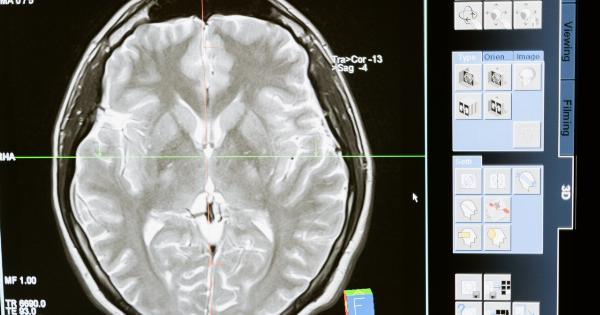Walking is one of the simplest and most common physical activities people engage in. It is a low-impact exercise that does not require any special equipment, and it has numerous benefits for both physical and mental health.
However, a recent study shows that the way people walk can significantly affect their risk of developing dementia. In fact, a particular walking style can increase the risk of dementia by more than double.
The Study
The study was conducted by researchers at the University of California, and it involved tracking the walking patterns of more than 3,000 participants over a period of almost ten years.
The researchers found that people who walked slowly and had an irregular gait had a higher risk of developing dementia compared to those who had a faster, smoother walking style.
The study also found that walking style was a more reliable predictor of dementia than many other commonly known risk factors such as high blood pressure, diabetes, and obesity.
According to the study’s lead author, Professor Joe Verghese, “Our study shows a clear association between walking style and dementia risk. Walking is not just a physical activity but a complex cognitive task that involves many parts of the brain. This study highlights the importance of understanding the complex interplay between physical and mental health.”.
Why Walking Style Matters
Walking style may seem like a trivial matter, but it can actually reveal a lot about a person’s brain health. Walking requires a significant amount of cognitive processing, including attention, memory, and spatial awareness.
These processes involve different parts of the brain, including the prefrontal cortex, the hippocampus, and the cerebellum.
As people age, these brain regions can deteriorate, leading to cognitive decline and an increased risk of dementia. A slow, irregular walking pattern may be a symptom of this cognitive decline, and it can signal a higher risk of dementia in the future.
How to Improve Walking Style
The good news is that walking style is not set in stone, and people can take steps to improve it. The following are some tips on how to improve walking style:.
: Exercise regularly
Regular exercise can improve cognitive function and help maintain a healthy brain. Exercises such as brisk walking, running, dancing, and swimming are excellent for improving walking style.
: Practice balance exercise
Balancing exercises can help improve muscle strength, coordination, and stability. Examples of balance exercises include standing on one foot, practicing yoga poses, and using a balance board or stability ball.
: Pay attention to walking posture
People should pay attention to their walking posture and try to maintain a tall, upright stance with their shoulders relaxed. As people walk, they should focus on taking smooth, even steps with their feet placed shoulder-width apart.
: Use walking aids if necessary
For older adults or those with mobility issues, using walking aids such as canes or walkers may be necessary to maintain a safe and stable walking pattern.
People should consult with their doctors or physical therapists to determine which walking aid is appropriate for them.
Conclusion
Walking style is an important indicator of cognitive health, and people should pay attention to it as they age. Slow, irregular walking patterns can signal an increased risk of dementia, while brisk, smooth walking can help maintain a healthy brain.
By exercising regularly, practicing balance exercises, and paying attention to walking posture, people can improve their walking style and reduce their risk of dementia.






























